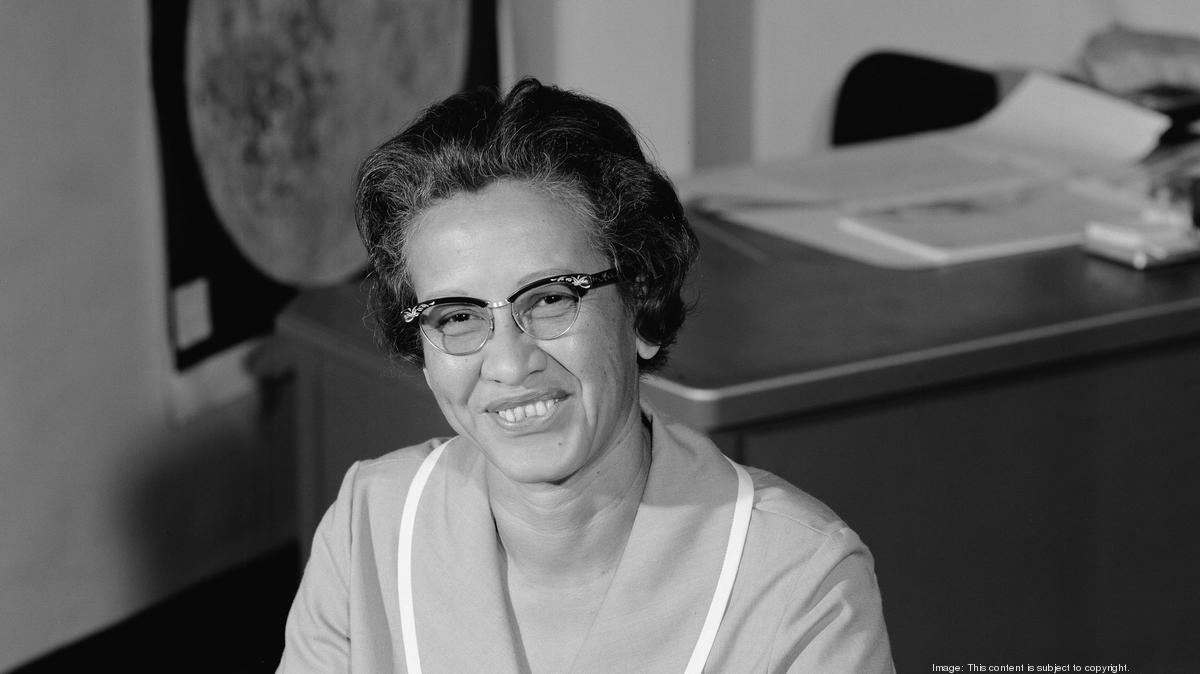
These positive anecdotes are particularly welcome given the prejudice and racial tension that form a persistent backdrop to the book, from the denigrating impact of segregation on children’s self-esteem to violent lynchings.

As a result, the memoir is replete with inspiring cameos from talented and tenacious role models who not only achieve great things against all odds, but are often equally dedicated to creating opportunities for those who may follow them.ĭiscover more about NASA’s missions: Explore four NASA space centres on a New Scientist Discovery Tour As the person who first suggested she pursue a career as a research mathematician, Claytor appears more than once in a book rich in tributes to all the people who helped Johnson along the way, as well as to those who helped them. Yet it was Johnson’s innate flair for her subject that had attracted special interest from Claytor in the first place, and she would continue to shine in her field for decades to come. “The team soon discovered that I could do the equations quicker than all of them,” she writes unabashedly, though she puts that down to the foresight of her tutor, William Schieffelin Claytor, in adding analytic geometry of space to the curriculum he taught her, and the fact that she was the most recent college graduate. Johnson needed to be better than her white male colleagues to succeed, and fortunately she was. “Johnson needed to be better than her white male colleagues to succeed, and fortunately she was” Add to that her gender, at a time when women weren’t credited with much competence for anything beyond home building and raising children, and you get the picture that she was no ordinary NASA mathematician. Her memoir dwells on the things she loved – mathematics, family and the supportive communities around her – but doesn’t shy away from details of the relentless cruelty, violence and injustice of racial segregation and prejudice that steeped the lives of her family and friends, and those of African American people in general. Few, if any, of the other mathematicians who worked with Johnson at NASA during the space race share that kind of mainstream fame, but neither were they forced to overcome the kind of barriers Johnson faced. Her autobiography, written with input from two of her three daughters, Joylette Hylick and Katherine Moore, charts how she got there. “How could I have imagined,” writes Johnson, in the introduction to her autobiography My Remarkable Journey, “that from ages 97 to 101 I would be awarded the Presidential Medal of Freedom (with a kiss from my favorite president) appear onstage at the Oscars receive thirteen honorary doctorate degrees, including one from the University of Johannesburg in South Africa have four major buildings named in my honor, including a second NASA facility…”

All that changed in 2016 following the success of Margot Lee Shetterly’s bestselling book Hidden Figures and the subsequent film adaptation. Yet until a few years ago, not many people had heard of Katherine Johnson and her pioneering work as a mathematician at NASA during the space race.

IT IS rare to suddenly find yourself a household name at the age of 98.


 0 kommentar(er)
0 kommentar(er)
